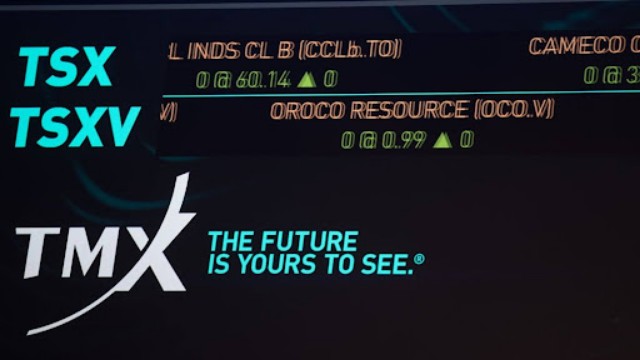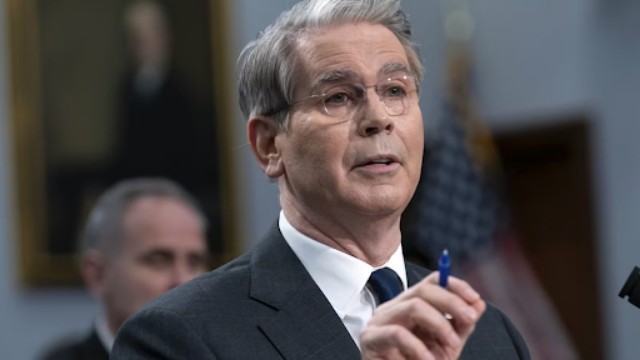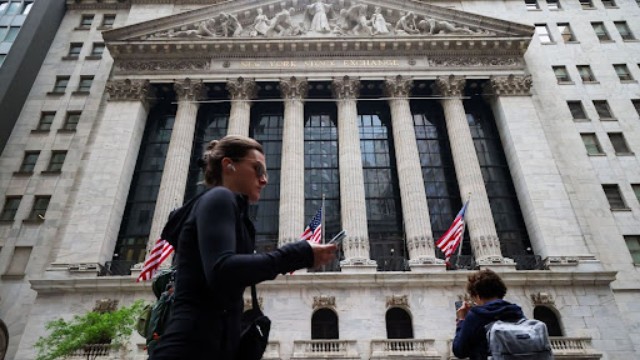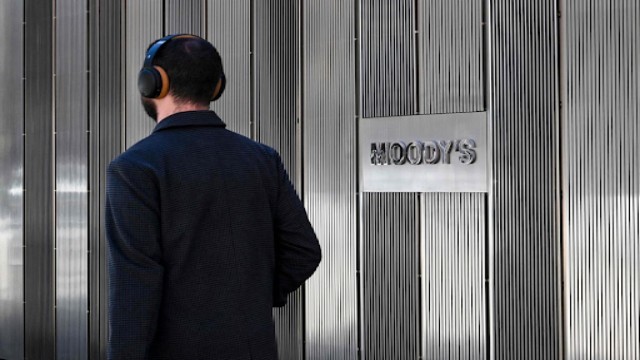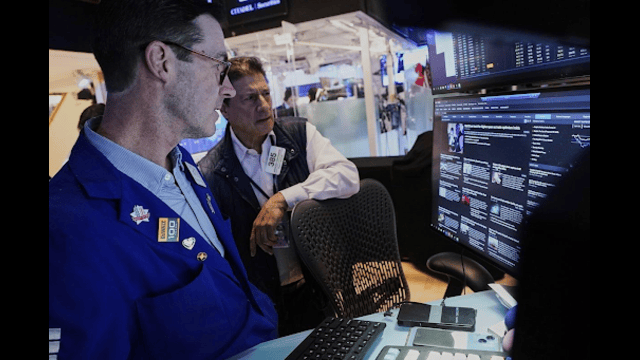
Jerome Powell, the Chairman of the Federal Reserve, held a press conference in Washington, D.C., after the Federal Open Market Committee meeting. The event was captured in a photograph by Kent Nishimura of Getty Images.
In a bid to address inflation and economic volatility, the Federal Reserve slashed its key interest rate by a quarter percentage point on Thursday. This adjustment comes as inflation, once a significant burden on Americans, has gradually cooled. The change follows a previous half-point cut in September and highlights the Fed's ongoing commitment to balancing job market stability while managing inflation, which currently sits just above the Fed's 2% goal.
The new reduction positions the benchmark interest rate at approximately 4.6%, a notable decrease from its four-decade peak of 5.3% set earlier this year. The Fed's decision to maintain elevated rates for over a year aimed to combat the most severe inflationary phase seen in four decades. Thankfully, inflation has steadily declined from a high of 9.1% in mid-2022 to a more manageable 2.4% as of September.
During a press conference, Fed Chair Jerome Powell stressed that Trump’s election would not immediately impact monetary policy. However, Trump's potential influence on the Fed has sparked concern. Historically, Trump criticized Powell during his first term when the Fed increased rates to counter inflation, suggesting that similar conflicts could resurface.
Powell, who will still have a year left in his second term when Trump is inaugurated, made it clear that he would not resign if requested by Trump, citing legal protections for his position. The Fed has consistently emphasized its independence in making interest rate decisions, shielded from political pressure to preserve the integrity of economic policymaking.
The Fed noted in a statement that while unemployment has slightly increased, it remains low, and inflation, though nearing the target, is still somewhat elevated. Policymakers had planned further rate reductions in November and December, with additional cuts anticipated next year. However, the economic landscape—now featuring projected growth, larger deficits, and potentially rising inflation under a Trump administration—may prompt a change in strategy.
Powell indicated the Fed's goal is to gradually shift rates toward a "neutral" level that neither stimulates nor suppresses economic growth. However, pinpointing this level remains a challenge. Powell highlighted that as the data evolves, so will the Fed's approach.
Economic indicators have been mixed, complicating the Fed's task. While overall growth remains robust, job creation has slowed. Consumer spending, buoyed by higher earners, remains strong, raising doubts about the necessity of rate cuts. This consumer-driven growth could, if unchecked, trigger a resurgence in inflation.
A further complication for the Fed is the recent increase in broader interest rates, spurred by investor expectations of higher inflation and larger deficits under Trump’s presidency. This has pushed up Treasury yields, leading to higher overall borrowing costs, and countering the intended effect of rate cuts.
Trump’s proposed policies, such as a 10% tariff on all imports and increased taxes on Chinese goods, could lead to a significant uptick in inflation. Economists project that these measures may push inflation to around 2.75% to 3% by mid-2026. This scenario would make future rate cuts unlikely as the Fed battles to maintain economic stability.
While typically lower Fed rates benefit consumers with cheaper borrowing options for mortgages and loans, recent spikes in rates have muted this effect. The housing market and car loans are experiencing high borrowing costs despite the Fed’s efforts, presenting a challenge for policymakers.
The economy showed consistent growth at nearly 3% over the past six months, driven by strong consumer spending. However, with hiring slowing and jobseekers facing challenges, Powell underscored that supporting the labour market is part of the Fed’s rationale for the rate reduction. Nonetheless, if growth sustains and inflation climbs, the Fed may need to halt further cuts.


